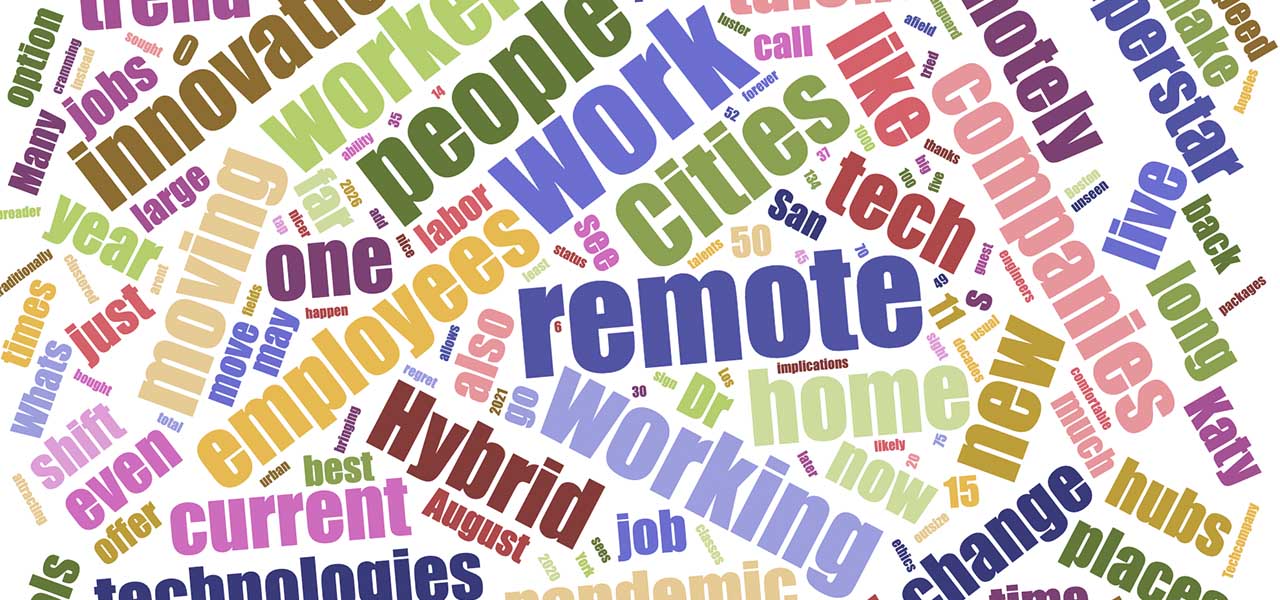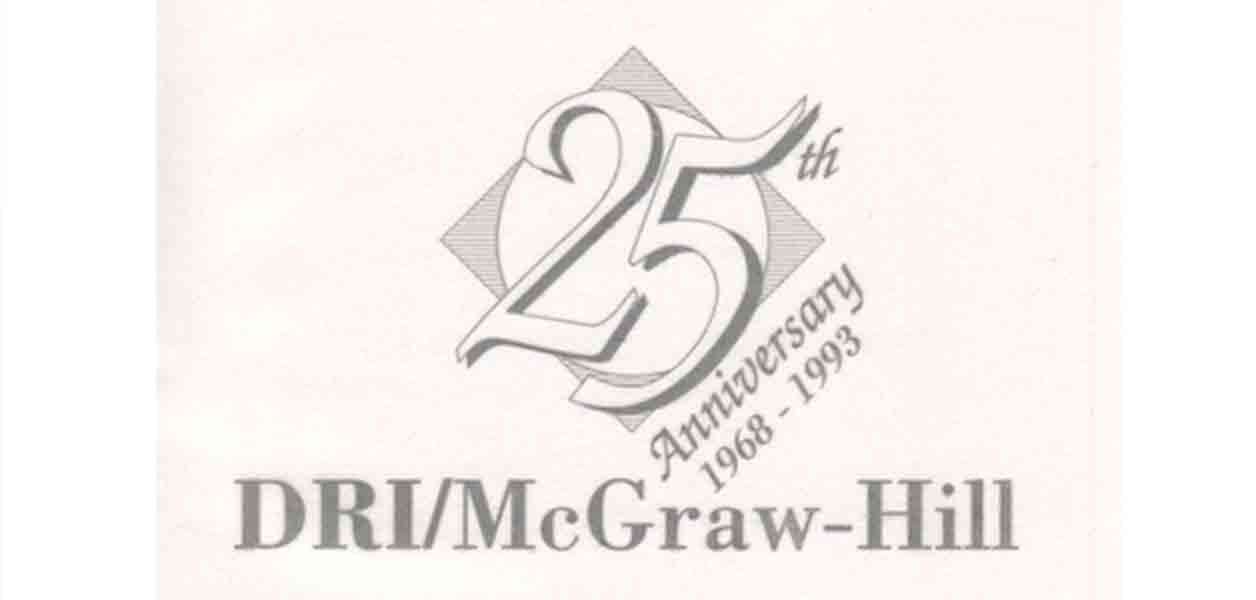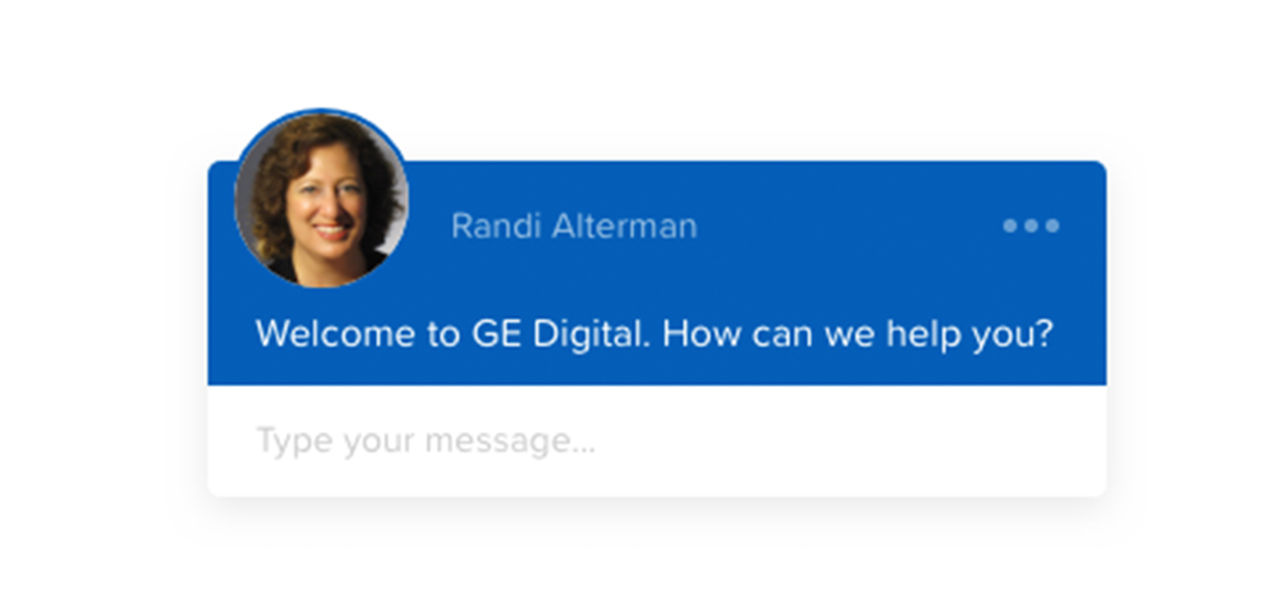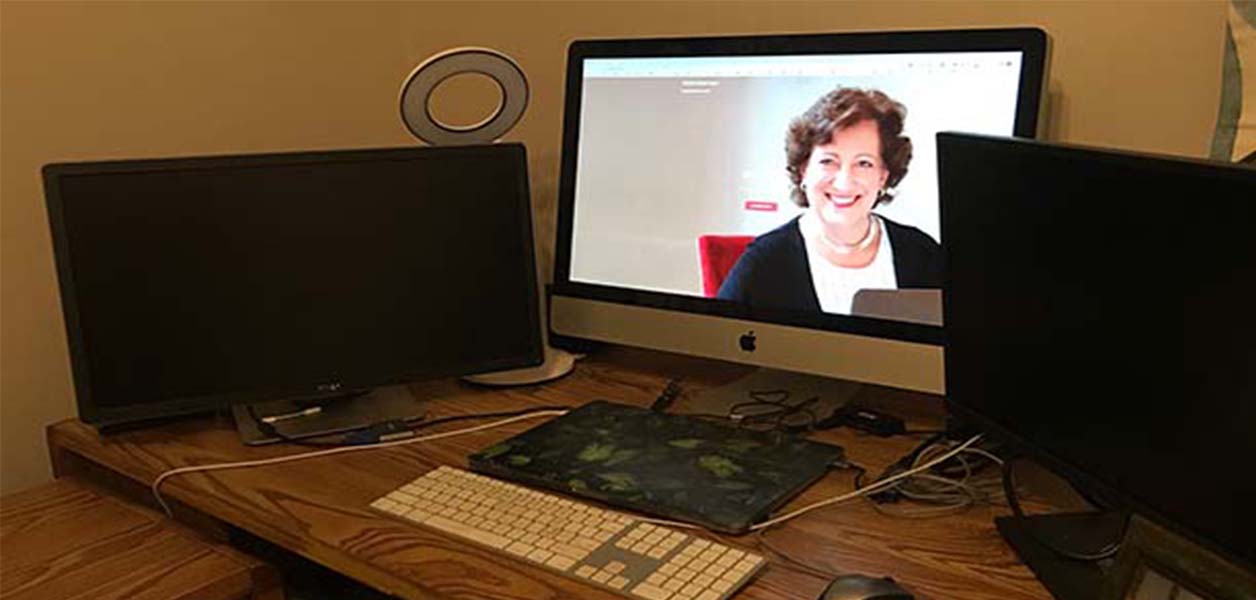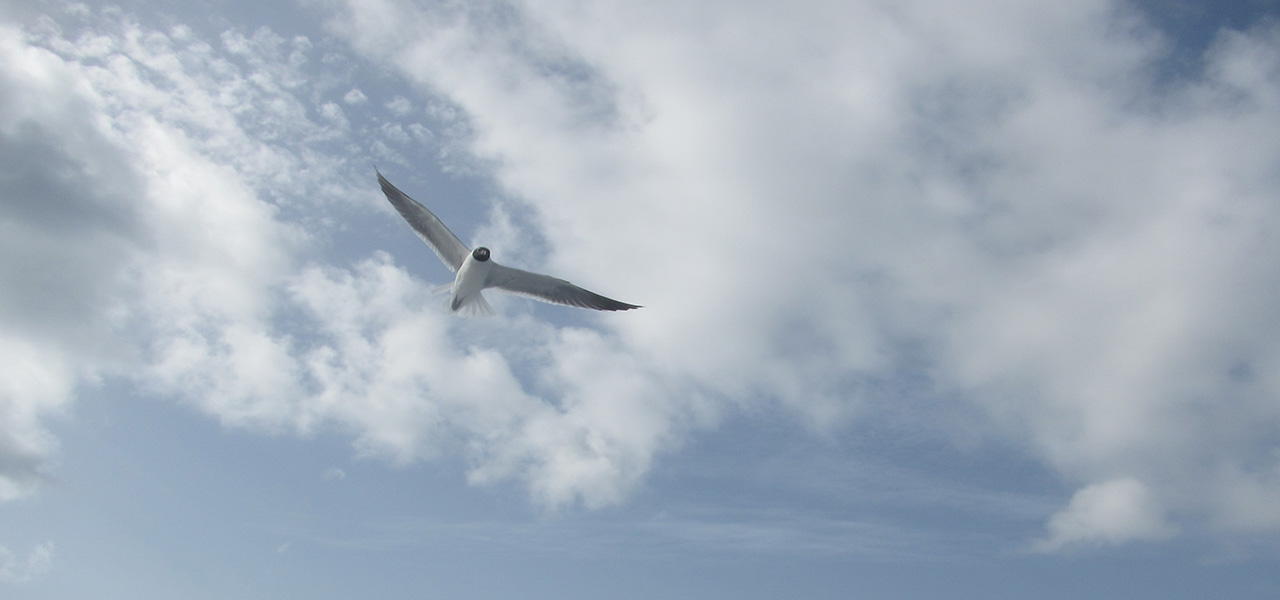Remember when you used to go into the office five days a week?
I was sent home from my office in March 2020. At the time, I had already graduated to a hybrid work schedule as my team was scattered across the globe. Two days a week, I trekked 45 minutes from my home to my walled office. I was fortunate to commute with a colleague and we would chat about everything from work to politics. It was a great way to stay in touch with other parts of the business, exchange ideas, and feel part of the larger company. Working in the office also defined my days and created a separation of work and home. My hours were more regular as I arrived at the office by 8:30 and stopped work at 5:30 to use the small gym in the building. I didn’t feel the need to be in the office full-time, and the 2 days a week created a nice balance of staying in touch while providing flexibility and convenience.
Working at home full-time has defined a new environment.
My workdays are much longer. Still beginning around 8:30, I now regularly work until 6:30 or 7:00. Meetings fill my calendar and texts, alerts, and emails more often interrupt my workflow. Days are more formal with less casual conversation with co-workers.
I’ve watched colleagues work from new “homes,” visiting family and friends or simply relocating somewhere for months at a time. An internet connection and electricity are all that is needed to set up a remote office. Our devices are portable. Our phones mobile. Docking stations, office phones, even printers are often not extraneous.
Business has benefited in WFH environments, as many of us work longer hours. We are always available with our phones and devices “pinging” us from wake-up to sleep, and sometimes in the night. I work for a global company and though colleagues work later shifts in their local hours, I still get emails beginning at 3:00 am in my time zone often going to 9:00 pm. And talent now can be recruited from anywhere, creating opportunities for big and small companies alike to find the employees they need.
But, for all its benefits, we also have to remember what may be lost.
Do we have the same feelings of belonging to a team when members are spread out and we never really meet them? Zoom can hide many things. I recently found out that a partner we work with was due to have a child in less than a week. I saw her on meeting calls for months, but with cameras focused on faces alone, never knew she was expecting. I was hit with a realization that I really didn’t know her outside of the one project we were working on.
For those entering the workforce or beginning a new job, working from home can be very isolating, interrupt any feeling of belonging or loyalty to a business, and create unintentional walls between teams. Relationships may be formed only between teammates and less cross sharing of information is apparent.
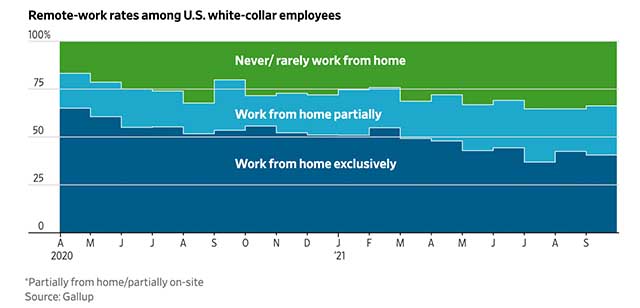
As we continue to work from home, businesses worry about things like security risks. Our mobile devices make us more susceptible to phishing schemes and hackers. According to a study by IBM, “This shift to working from home has exposed new security risks and has left nearly 50% of those employees worried about impending cyber threats in their new home office settings.”[1] I have no doubt that this is true.
But what about other risks?
What about the risks to innovation, effectiveness, cross-pollination of ideas, and social constructs?
Working remotely can bring on isolation and creative lows. According to the Wall Street Journal, there is evidence that the pandemic and widespread remote work shrank our networks at our jobs. This can reduce innovation and creativity. “Having more connections with employees outside your team correlates with higher creativity,” states the Journal.[2]
Leaders like Steve Jobs believed that people need to interact in less formal ways to create conversations, idea flows, and simply get to know one another. Big tech companies like Google have created huge campuses and office parks based on this idea that when people interact, they innovate.[3]
“Innovation comes from people meeting up in the hallways or calling each other at 10:30 pm at night with a new idea, or because they realized something that shoots holes in how we’ve been thinking about a problem. It's ad hoc meetings of six people called by someone who thinks he has figured out the coolest new thing ever and who wants to know what other people think of his idea.”
Steve Jobs Tweet
Work culture is also based on relationships and team building, the non-tangibles that are so important in attracting and retaining talent. Relationships also help cross-team performance and create efficiencies across the business, not just in one area. Prior to the pandemic, companies like Apple even hired buses to bring employees to work, providing environments for workers in different departments and with different responsibilities to get to know one another while cross pollinating ideas.
There are also profound implications to worker retention and career paths. Younger workers understood more senior roles or external team roles simply by watching others around them. In-person, it is easier to see other positions in a company that may fit the next step in a person’s career path. Talking to others, the so called “water cooler conversations” and information sharing can also lead to efficiencies and streamlined standard work processes.
New tools are making hybrid work models easier and helping to instill company cultures. In addition to video conferencing, we have texting programs, instant chat, shared documents, white boards and new online repositories to drive collaboration and teams. Companies are even sprouting up that create virtual work rooms and online conferences with breakout sessions, meet-ups, and private meeting rooms.
Moments that Matter
Consultancies, who prior to the pandemic traveled weekly to be in person with customers, are at the forefront of some of the new hybrid models. Deloitte consultants, for example, now travel for “moments that matter,” visiting clients when appropriate and co-locating in a central location when working together helps facilitate project goals.
I am not saying we all need to go back to a 5-days a week in an office. I enjoy working from home, even with its long hours. I do not have young children running about and enjoy my quiet office space. I can concentrate well, getting much more work completed. And I certainly do not miss traveling in winter snow or rush hour traffic.
Electronic Tools to Facilitate Hybrid Work Models
- Video conferencing
- Texting and chat programs
- Shared documents
- White boards
- Shared folders and repositories
- Online conferences
- Meet-ups
- Networking
And, we can’t all commute. Teams and colleagues are no longer local. Hiring has changed. My current manager lives in Cleveland, my colleagues live in Chicago, Atlanta, Houston, San Diego and Mexico City. My technical team stretches from India to Massachusetts, New York, Georgia and California. I work with two agencies—one in London and one in New York City.
Perhaps we just need to be cautious as we embark on this future of work. We need to keep our connections and leave time in our calls for small talk. I like to know a bit more about my colleagues than just their work efforts. We should also take a point from the consultancies and get together for moments that matter—perhaps a strategy session, kick-off meeting, or a summer team building exercise. I recently had lunch with the account executive for our website chat platform. It was my first in-person meeting in a year. It was fun to meet with someone face-to-face and simply chat for the first 15 minutes. And then we talked about new ideas and new ways to work together. It felt exciting to be out of my home office and taking time to brainstorm with another person again.
Maybe I enjoyed this first in-person meeting because I don’t view my vendors as simply providers of a service. I view them as strategic partners who work with me, bringing me best practices from other businesses and teams. People I can connect with, brainstorm with, and innovate with. And, I enjoy them as people I want to do business with.
In this new way of working, we just need to remember that those touchpoints that can make all the difference.
Keep Reading
Are brands still important? Now, they may be more important than ever.
Explore guidelines for simple, conversational and effective business chatting.
What lessons can a Marketer learn from the success of the Game of Thrones?
In the hybrid workplace, we need to remember those casual & professional touch points.
Sometimes all we need is a moment of quiet before we are ready to take the next mountain.
Manage growth not change, reducing stress and feeling positive in today's constantly evolving landscape.
What skills do you need to acquire for the job title that you want to have tomorrow?
